India's Trade Analytics: Patterns and Opportunities
Provides a structured application of major concepts and methodologies in trade analytics, geared towards identification of export markets and products as well as their competitiveness.
Designed as a practical guide for management graduates, researchers, corporate executives and policy-makers, India’s Trade Analytics familiarizes the readers with various technical approaches to the analysis of international trade flows, market identification and competitiveness measurement procedures. The book also addresses emerging issues in international trade patterns along with the description of standard trade indices and trade modelling techniques. It aims to enable the readers to adopt modelling and analytical tools as relevant to their research problem.
The chapters are closely woven with India’s trade issues at both macro and micro levels. While the macro aspects include the analysis at the country level (i.e., overall trade indices for India involving its trade partners), the product-specific analysis (e.g., competitiveness for individual export items from India at disaggregated level) is conducted in the micro discussions.
Contents: Foreword. Preface. Introduction. I. Structure and use of trade data and indices: 1. India’s Trade Pattern and Opportunities with Central Asian Countries: An Application of Select Trade Indices/Debashis Chakraborty and Zaki Hussain. 2. Emerging Patterns in Intra-industry Trade: An Analysis of India–EU Trade with Select Sectors/Biswajit Nag and Zaki Hussain. II. Sector-Based Trade Outcome Analysis: 3. Export Competitiveness of India’s Leather Exports: Application of Select Indices/Debashis Chakraborty and Zaki Hussain. 4. A Constant Market Share Analysis of India’s Export to ASEAN Countries/Debashis Chakraborty, Triptendu Prakash Ghosh and Zaki Hussain. 5. Shift Share Analysis: An Application to Analysis of Indian Exports/Bibek Ray Chaudhuri. 6. International Production Networks (IPNs) and Global Value Chains (GVCs) between India and Northeast Asia: An Analysis of Value-added Trade in Selected Industries/Biswajit Nag and Jaewook Lee. III. Asessment of Open Economy Indicators: 7. Balance of Payment Analytics: Application of Select Indices/Ranajoy Bhattacharyya. 8. Exchange Rate Dynamics and Measuring Balance of Payment Implication/Ashima Puniani and Jaydeep Mukherjee. IV. Trade in Services: 9. Measuring Services Trade: Major Challenges in India and the Way Forward/Arpita Mukherjee and Tanu M Goyal. 10. Services Trade Restrictiveness Index, Methodology and Application: The Indian Context/Hildegunn Kyvik Nordås. V. Trade Facilitation: 11. Interpreting Trade Facilitation Indices Towards a Smooth Regional Trade in Asia-Pacific/Yann Duval, Biswajit Nag and Yuhua Zhang. 12. Assessing Linkages between Trade Costs and Trade Flows: Applications of Gravity Model/Prabir de and Durairaj Kumarasamy. VI. Analysis and Modelling of Trade Bariers: 13. Modelling Non-tariff Measures in RTAs/Rajan Sudesh Ratna. 14. Non-tariff Barriers on Auto-components' Exports: Application of Select Indices/Debashis Chakraborty, Julien Chaisse and Zaki Hussain. VII. Partial and General Equilibrium Modelling Techniques: 15. Implication of Tariff Reduction Through Partial Simulation Using Smart: An Analysis of India’s Import of Passenger Vehicles from Japan and Germany/Biswajit Nag and Pratiksha Chaturvedi. 16. Gravity Model of International Trade: Understanding the Underlying Dynamics/Zaki Hussain and Biswajit Nag. 17. Use of Computable General Equilibrium Model in Trade Research: An Application of GTAP Model on India–ASEAN Trade/Chandrima Sikdar. 18. Advances in Global CGE Modelling and Trade Policy Formulations: Some Issues/G Badri Narayanan. 19. Conclusion: Trade Analytic Tools: For Whose Benefits?/Debashis Chakraborty and Biswajit Nag. Index.
Get it now and save 10%
BECOME A MEMBER

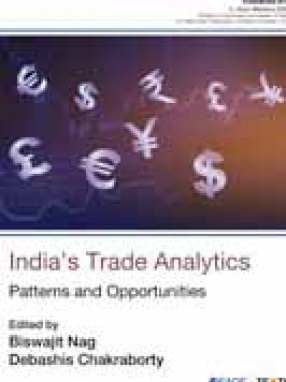
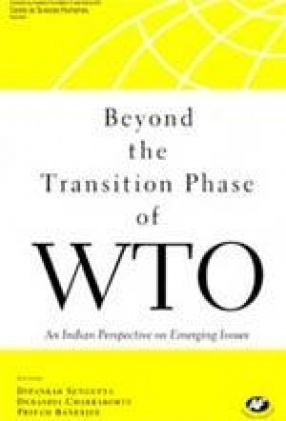
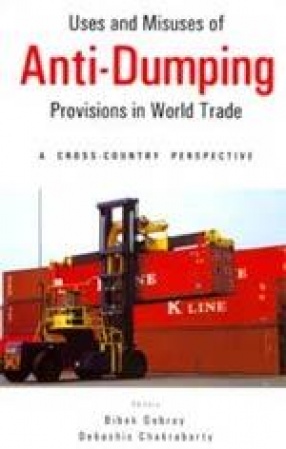
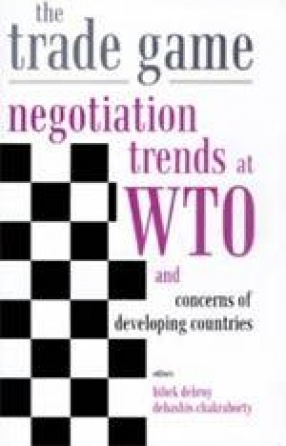
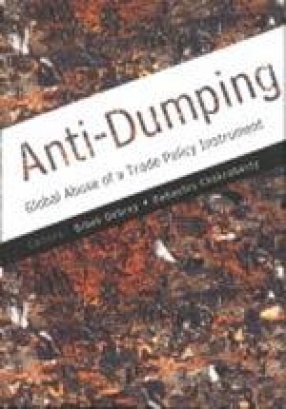





Bibliographic information
Biswajit Nag